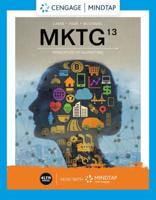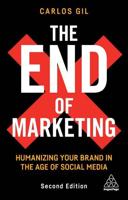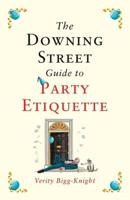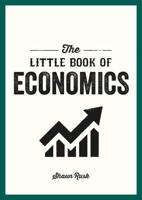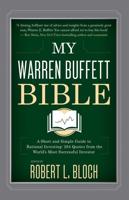Publisher's Synopsis
Knowledge Management Strategy was used to queue control from Disney. Disney managers have long understand the pressure of waiting time and revenue; who know that every minutes spent waiting in queuing is a minute that the client is not generating revenue. So, Disney managers have processed with design of a reservation system recognizes that guests can be freed from physically standing in the actually and perception of waiting by allowing guests to engage has arrived. Cope et al., (2008) showed that" the system was first tested at Disney in 1998. Managers assessed the system by surveying guests who used it. Results were positive and indicated that guests spent substantially less time in queuing, spent more per capita, and saw significantly more attractions, satisfaction level sky rocketed.The system was expanded in 1999 to include five of the most popular park attractions and was named FASTPASS. The system has since been expanded to all Disney theme parks worldwide, and is now in use by over 50 million guests per year .That guests have two options .Namely, they can choose to Obtain a FASTPASS ticket and come back a later, designed time or Wait in a traditional queuing. Guests are assisted in making their choice by information regarding estimated waits of both options. Thus, can decide to wait in the traditional queuing, or take a FASTPASS ticket and return it a later time with no further wait. Once an assigned FASTPASS time is generated and provided to a guest, it is valid for the 60 minutes beyond that time, creating a window in which guest can return."There are numerous benefits in allowing park guests to return to an attraction within a designed time frame. Queue Waits involve managing two major client issues:1.How long Disney visitors actually wait every time queue.2.How long Disney visitor think they are waiting by whose psychological feeling every time queue.Thus, if they feel that who spend much time to queue, it will cause they feel angry and they also feel admission ticket price is paid too high to them unfairly. In general, clients were allowed the ability to see two attractions during the time they would have previously been able to see only one. This can viewed as an implementation of a multi-phased system, depending on the attraction picked, each queuing may be single channel attractions, the guest creates whose own multi phase system. Obvious, results, were that guests were able to engage in more revenue producing activities, saw more of the popular attractions and began to par take care, in other less utilized attractions . Wiig defined(1993)'' Knowledge management in different ways and from different perspective. The emphasis is on human know how and how it brings value to an organization. Intangible asset contributes to corporation objective may be immeasurable and isn't simple to evaluate the impacts of knowledge management." However, Knowledge management may not be only factor influencing organizational performance. In fact, Disney refined technology utilization to improve the user design of all human resource related systems, improving timeliness ( queue waiting time deduction), setting elapsed time goals and monitor performance towards those standards, considering to use of automated fast queue waiting system, evaluating staffing levels, a close examination of adequacy of current staff level is warranted, beyond to improve visitors satisfaction. Clients holding fast pass tickets may choose to visit a gift shop or any park concessions. Thus, Disney has ability to co-branded products and service. Disney's approach combining queuing and human capital.

